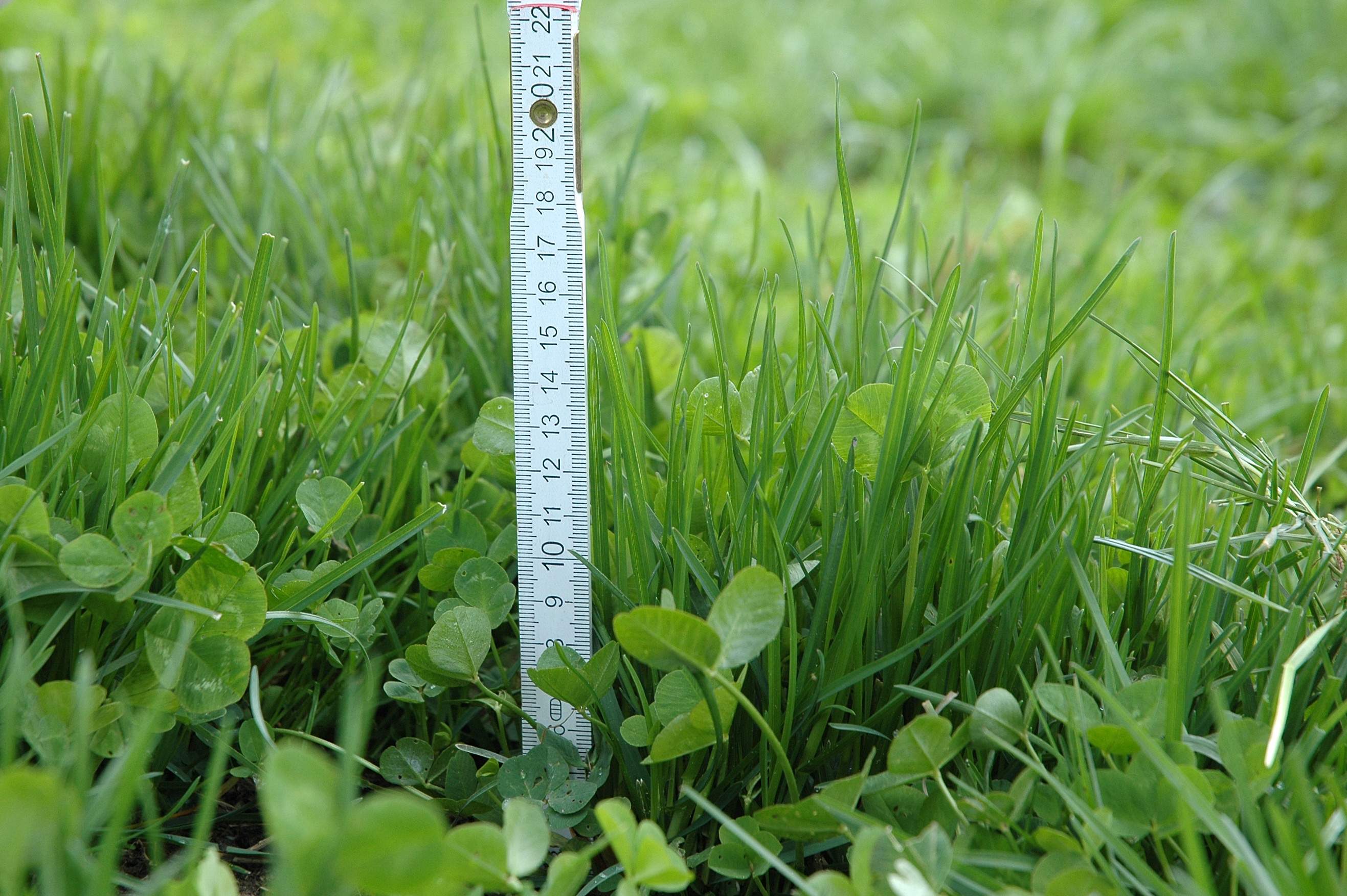Mulching permanent pasture areas is not necessary if the grazing pressure is correct. If the hot spots grow out, the area can be mowed with a bar mower at a height of approx. 10 cm. This measure is carried out on a hot day and the cuttings are allowed to wilt for half a day. The animals love to eat this wilted clippings and this can reduce feed losses on the pasture. The advantage of this method is that there is no contamination of the rest of the pasture area, as the mower glides over the droppings and does not spread them over the area on a large scale.
Beater mulchers should only be used in the autumn after the grazing period, as they would contaminate the area too much. The resulting suction effect of the beater mulcher causes the droppings to be sucked up and distributed over the area. This is equivalent to manure fertilization during grazing. The droppings on the pasture are usually not a problem as the animals eat them again after a few weeks. The manure is basically a very small compost heap that has rotted to such an extent within a few weeks that the animals can eat from it again.
There are special pasture mulchers on the market that use several blades to cut the full-grown forage very small. There is also no pollution. Such devices are well suited for mulching after drifting from a paddock. The only thing that needs to be taken into account is that flat or uniformly inclined surfaces are necessary for the machine to function properly.
Basically, every time you plan to mulch or re-mow, you should check whether the measure makes sense. Every operation with the tractor causes machine costs, which can be greatly reduced, especially when it comes to pasture farming.

Permanent pastures with good management do not require mulching or mowing.
HBLFA Raumberg-Gumpenstein/Starz




